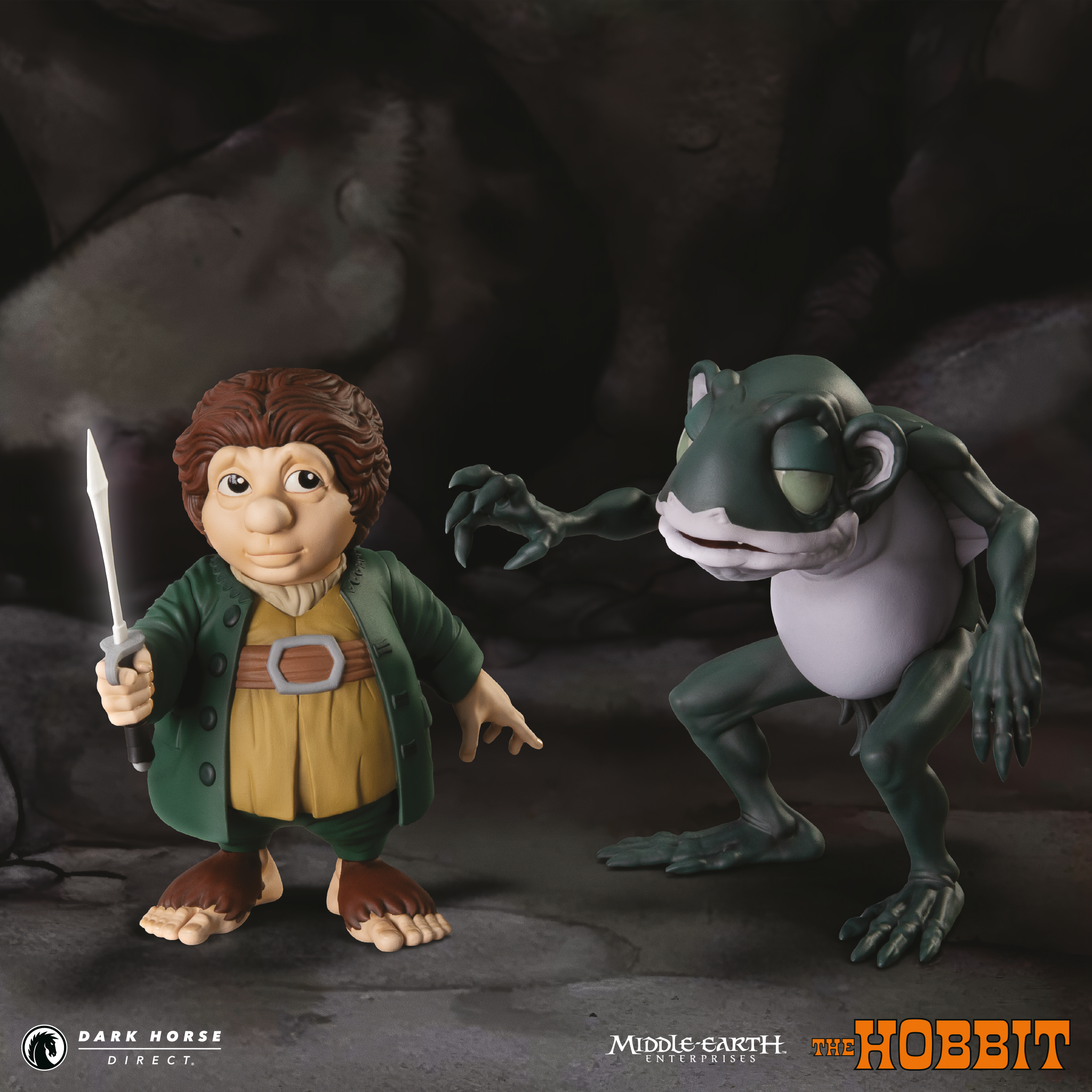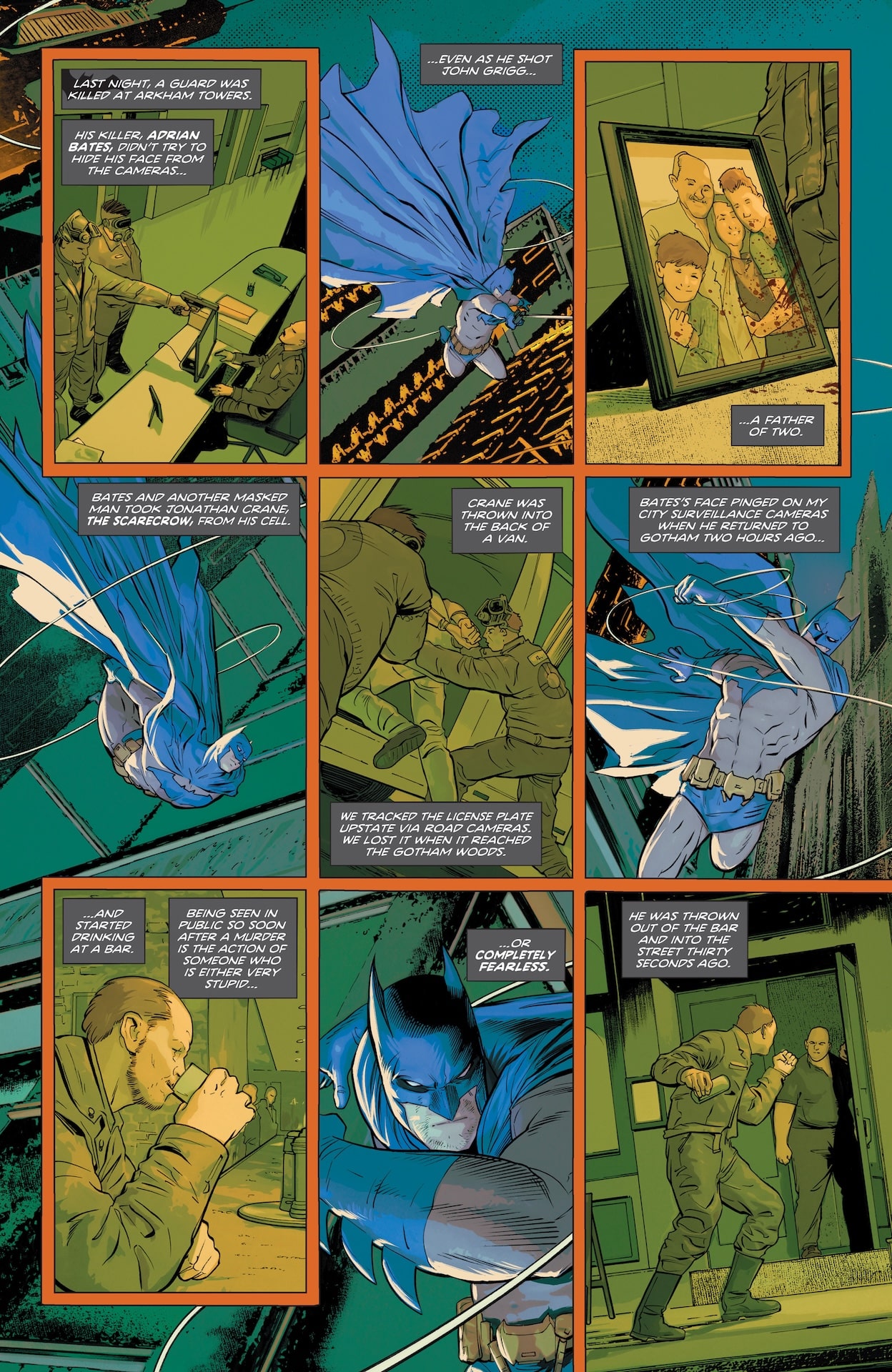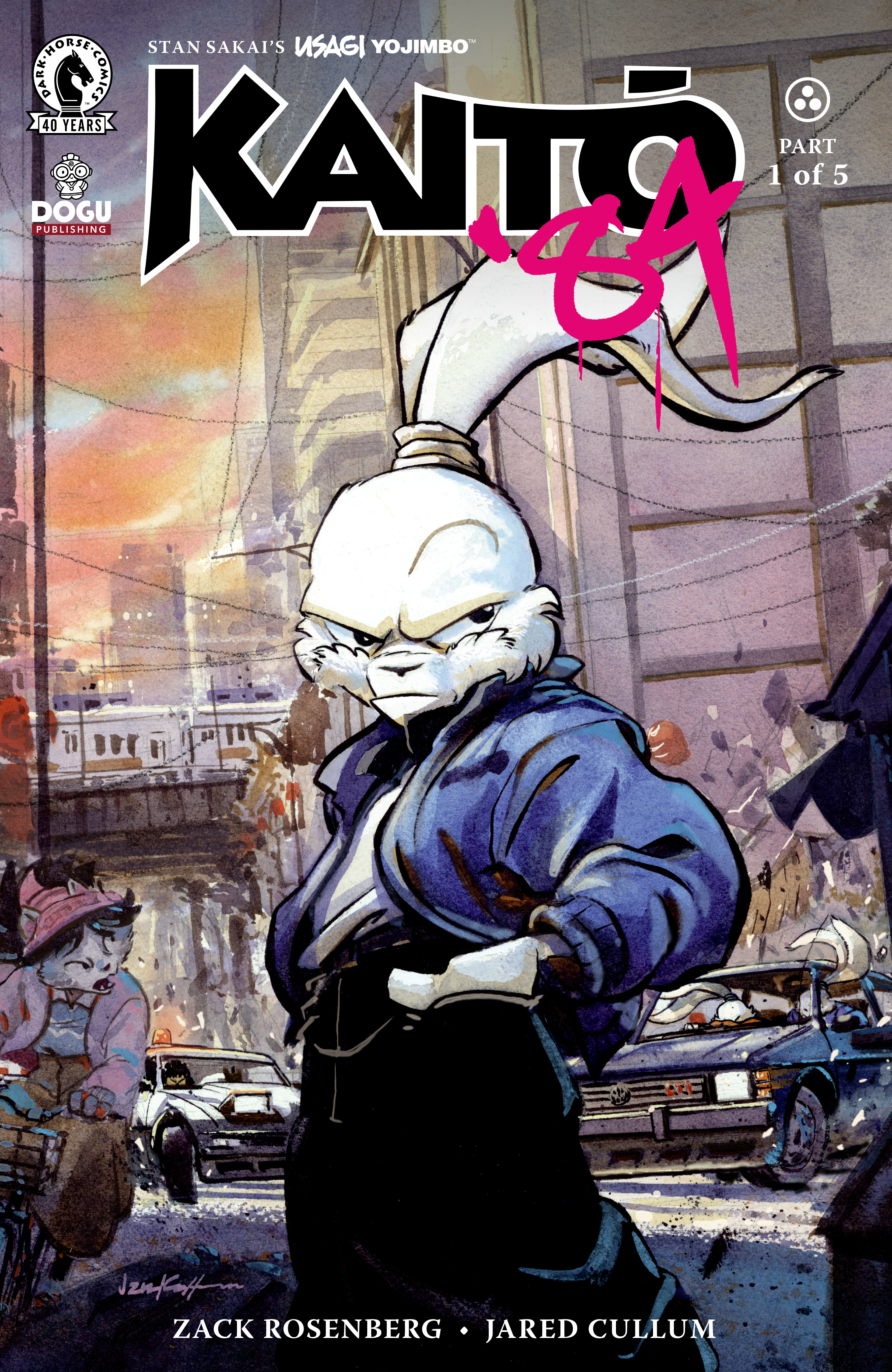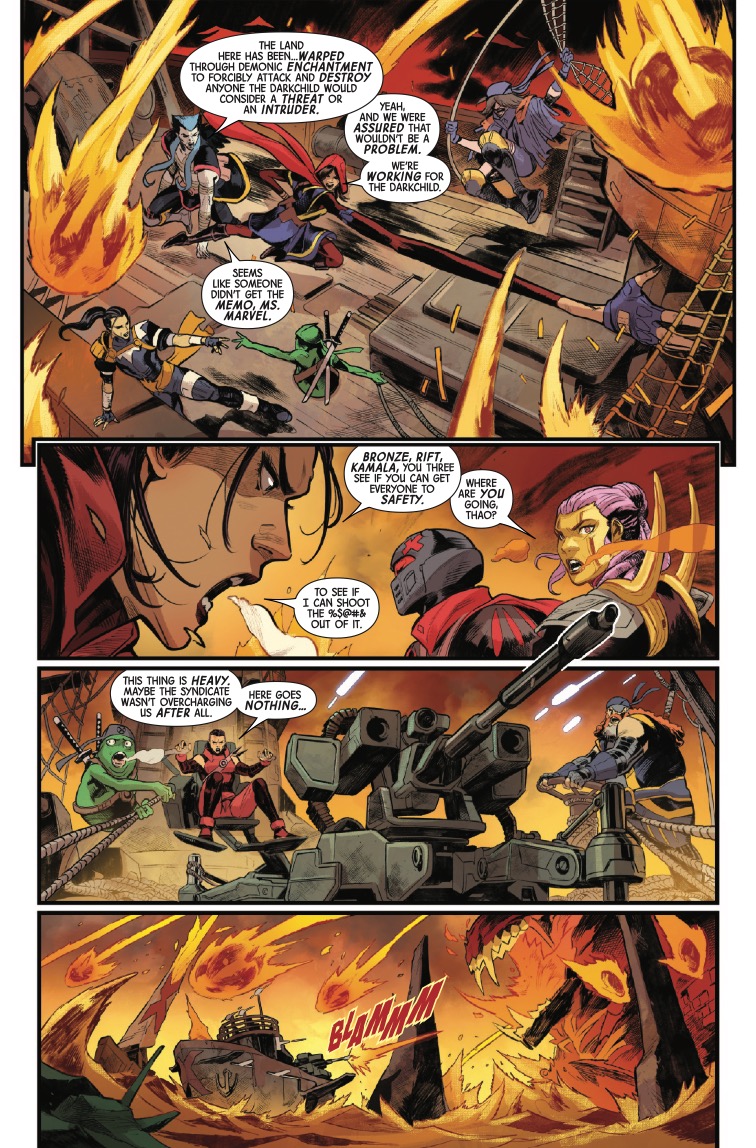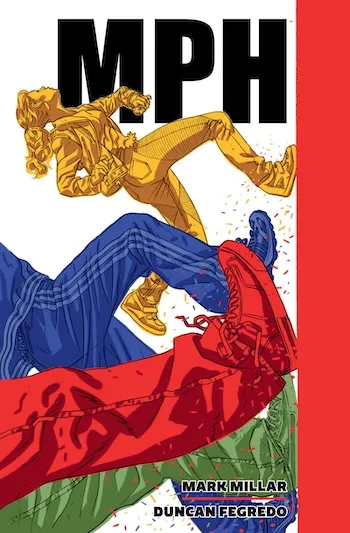 Macbeth
Macbeth
Creator: K. BriggsPublisher: Avery Hill PublishingPublication Date: July 25, 2023
What occurs to me upon reading Macbeth is that in the four century history of adapting the works of Shakespeare, we’ve perhaps underexplored the potential for comics as a medium to be best suited to the material. All of us, I imagine, can relate to being subjected to the Bard in high school English Literature. In most classrooms, you were assigned a play to read on your own, in which case you may have struggled with the cadence or proper tone of the dialogue and thus failed to comprehend the intent. Or you might have read aloud in class, at which point the same results would follow. In either case, the result is ultimately a somewhat adversarial relationship to stories that are largely meant to have a universal appeal.
The struggle is in understanding not only the content of the play itself, but how the theatrical presentation enhances the meaning. Many films have tried to honor the stage roots and maintain the old English dialogue, while others have tried to modernize it with contemporary settings and slang that carry similar feelings. Consistently, there’s a paradox at the heart of Shakespeare that at once assumes his dominance in current culture while at the same time struggling to convey the historical context that would allow for such reverence to make sense for a modern audience. How do you bridge that gap? How do you make Shakespeare both engaging from a contemporary perspective while also preserving the very aspects that are born of the late 17th century that allowed his work to thrive in the first place?
One answer is that you could turn the play into a graphic novel.
In the past, there have been educational graphic novel versions of Shakespeare, or even just overt retellings in comics like Sandman. In those situations, the reverence for Shakespeare is clear, but they always feel as if they maintain a distance between the original and the current work. Almost like the graphic novel is merely a footnote to the play you are no doubt intended to watch, and treating the comic only as a companion piece. However, in this edition by K. Briggs we have an adaptation that does not keep the source material at arms length. This is not merely a companion to Shakespeare, this is Macbeth in its own right if it was written as a comic instead of a play.
Upon opening this, I was at first worried about this falling into the same traps as before: a play in the form of a comic, rather than a comic itself. There is an introductory page of the “Dramatis Personae,” as well as a map to set the stage and geography of the events. Yet immediately in Act I, we’re treated to something entirely its own.
Briggs begins the story with haunting imagery of the Three Witches. The gutters are bolts of lightning, moving our eyes downward as we get closer and closer to the supernatural element at the heart of Macbeth. From here, Briggs sets a very different tone than one might expect. Elements of the supernatural are present and enhanced from the start, influences of gothic imagery and later concepts of witchcraft are integrated into a unique vision of Macbeth that serves not only as an accurate adaptation but also pulls the story into conversation with its own legacy and the larger tradition of the themes it wants to discuss.

Macbeth is at its heart a story about ambition and the consequences of usurping that which you have sworn loyalty to. Evil is explored as that which is not only selfishly pursued but that which is premeditated and understood as such from the start. Shakespearean morality thus inherits assumptions from the traditions of Greek Tragedy that came before. To know what is moral is to be moral. To intentionally, willfully, do what is wrong is to destroy one’s own soul.
Translating this to the depictions of witchcraft and evil in Briggs’ adaptation reveals also the evolution of this theme of wrong-doing and guilt found in the original. The imagery is both on the onset foreboding and looms with the presence of evil. But as the comic goes on, these images are enhanced with the use of Tarot and other depictions of evil forces, most notably the devil.
Shakespeare famously loved the use of divine omens as narrative devices, and as such the guilt Macbeth feels is presented visually not only in the hallucinatory behavior he exhibits but the degradation of his physical form and those around him. For example, towards the end of Act I when Lady Macbeth delivers her famous monologue, we see her as a combination of flesh and bone, with a revealed heart and boxed in on either side by the omens that haunt the story.

The imagery is not only inline with the content of the story, but is enhanced by other influences. The page feels like a Stainglass window, giving the sense of weighty regality but also surrounded by images of darkness, and the evolutions of symbolic death.
Similarly, the use of Tarot cards layers the story to show the complex nature of how our choices stem from our best qualities and push us toward a fate of our own making. For example, VII. The Chariot which often represents overcoming, ambition, and might be a symbol of hopeful progress. However, in this context can also carry the inverted meaning of hubris, the classical Greek sin that dooms us to our tragic fate.

Briggs’ work is not only a powerful, stylistic expression of Shakepeare’s themes, but is unto itself an exploration of the legacy of his ideas. Thus, these added symbols guide our reading towards more complex understandings of the universality of Macbeth’s own tragic fall. Briggs even uses mixed media, overlaying art on top of exegetical prose on Skakespeare, to the create the connection that this is about Shakespeare as much as it is an adaption.

Surely one might be able to argue that any visual medium may have the same advantages here of crafting imagery to supplement the work of the play. As recently as 2021, Joel Coen wrote and directed an adaptation of Macbeth that made use of black and white, and German expressionist set design to enhance the horror at the heart of the story in a way only film might be able to convey. To be sure, Coen’s work was enchanting in its own ways but both versions of the story ultimately showed us the reward for not only adapting Shakespeare but evolving him to be appropriate for a given medium.
In Briggs’ work, we have visual arts that may just as well belong in a gallery exhibit. But also exhibit clever and complex techniques that are inherent to sequential art.

This is made abundantly clear in this page from Act 3. In the verbal clash with Lady Macbeth, the page is organized around the 1808 painting The Temptation and Fall of Eve. The imagery immediately evokes the central conflict of Macbeth’s own fall from grace. Lady Macbeth urges him to leave behind his guilt, what’s done is done. Visually, she is tied to Eve as the catalyst for Macbeth’s own fall. However, at the same time both are painted in the same red, both are complicit in the conspiracy. As a unique subtle touch, the dialogue of both overlaps the painting, and the movement from left to right, as well as the eye line from the top right corner to the bottom left require revisiting the same image of Eve multiple times, and each time evolving the symbolic connection between our two equally doomed characters. The nuances of the lettering and color choices here go beyond what you could do on film, or even in a proper stage adaption.
The ways in which Briggs integrates the symbolic power of classical art and the depictions of evil around us breathes new life into a four hundred year old story. Visually striking, and intellectually rich, it’s difficult to find any version of Macbeth that feels as bold as this, with a clear understanding of the medium it is housed in. Not only as an adaption, but as an original graphic novel, Briggs’ Macbeth is not to be missed.
Final Verdict: BUY
Check The Beat’s review section for a new graphic novel review every Friday in 2023! And make sure to read TRADE RATING each Thursday for a review of collected material!


